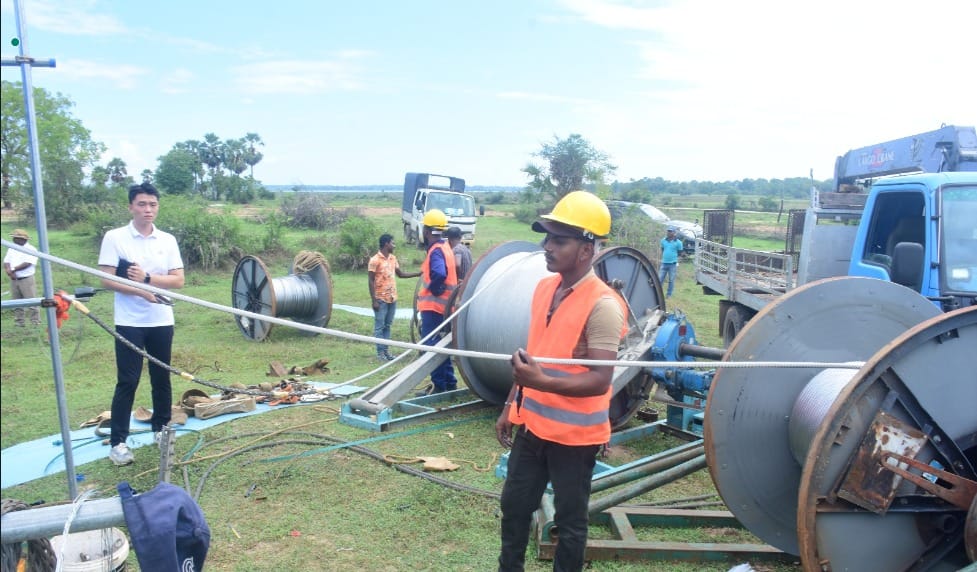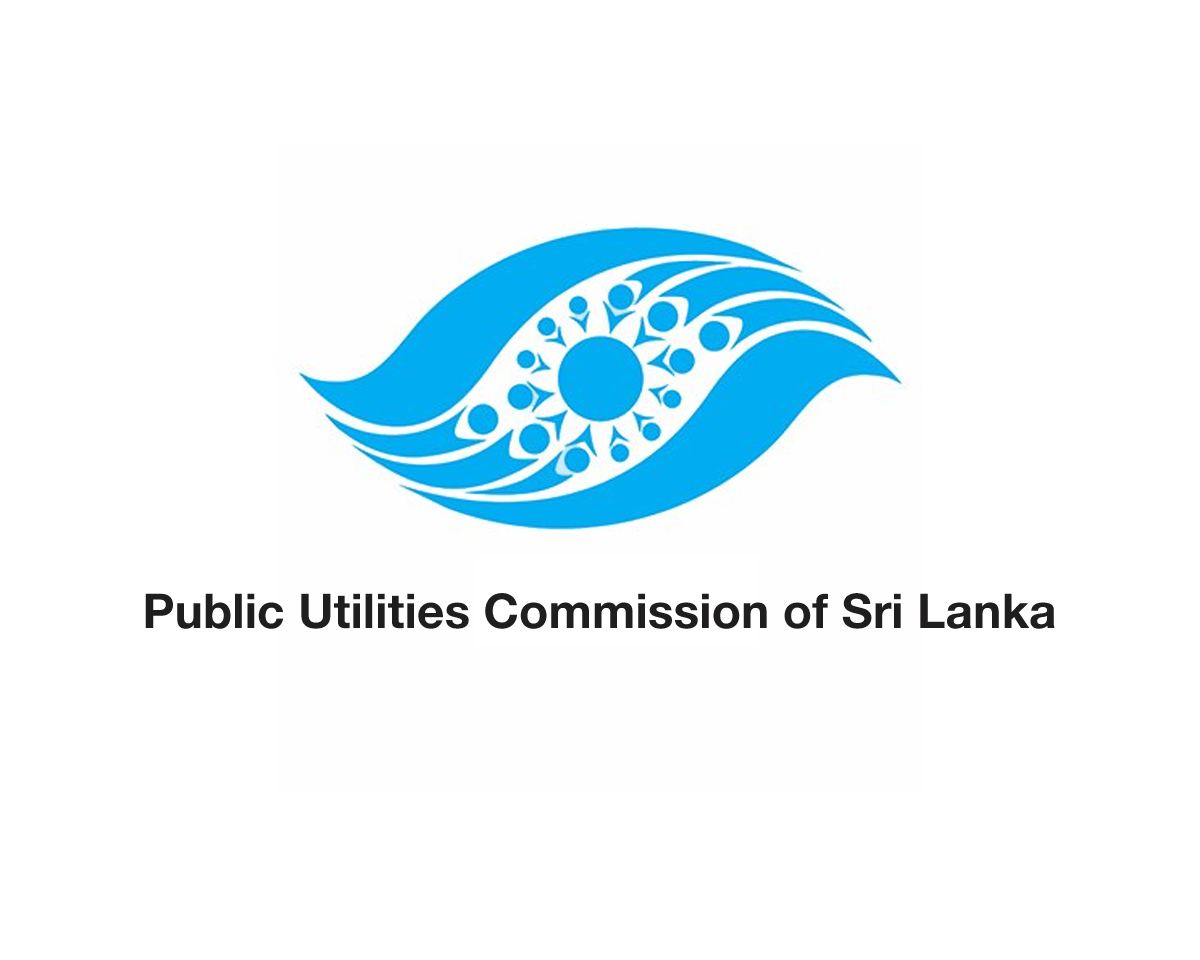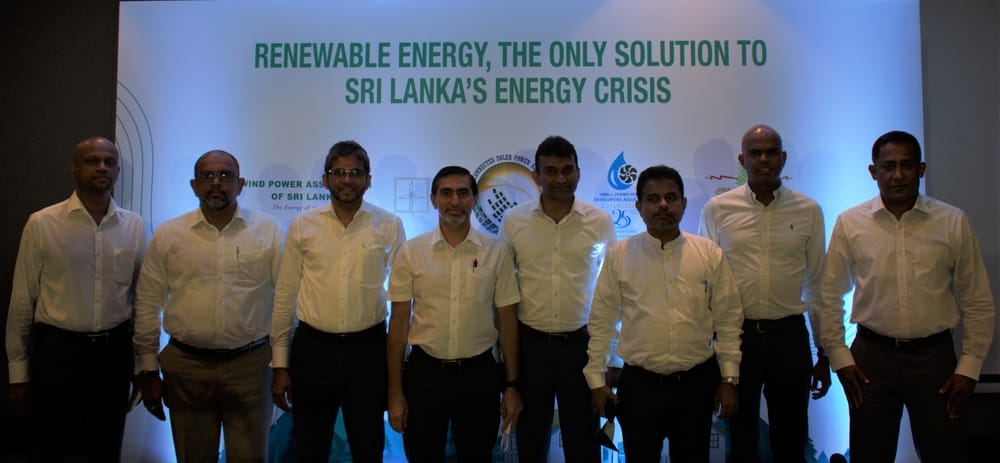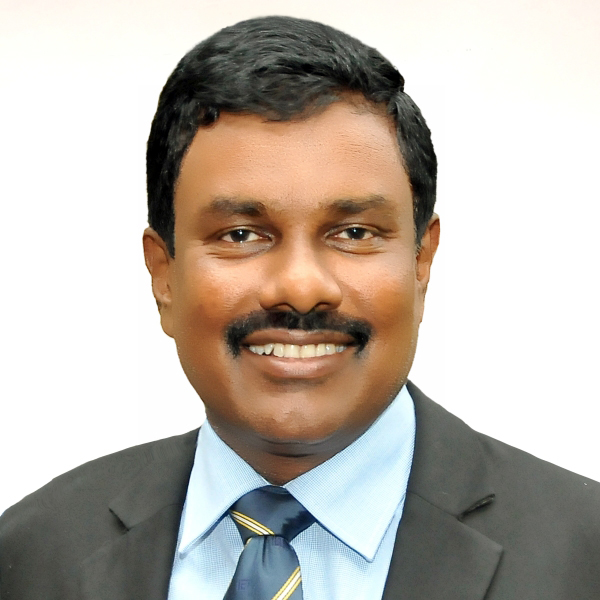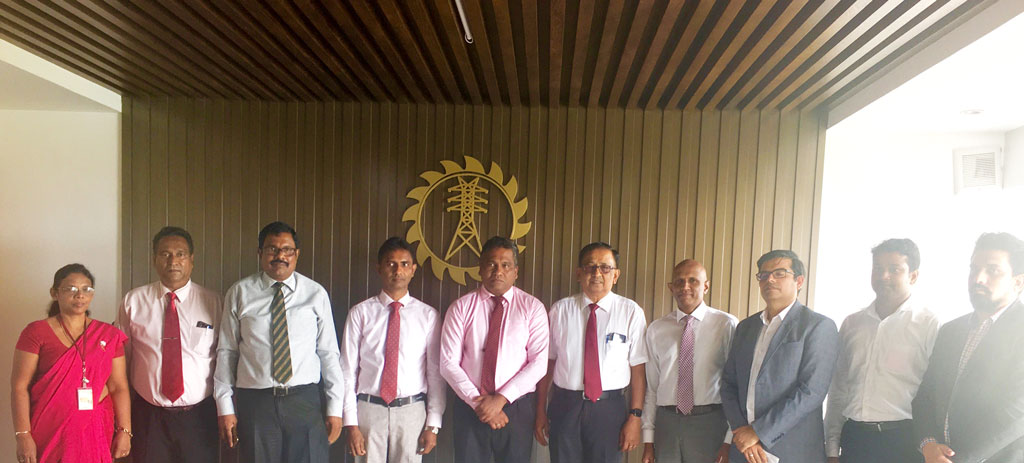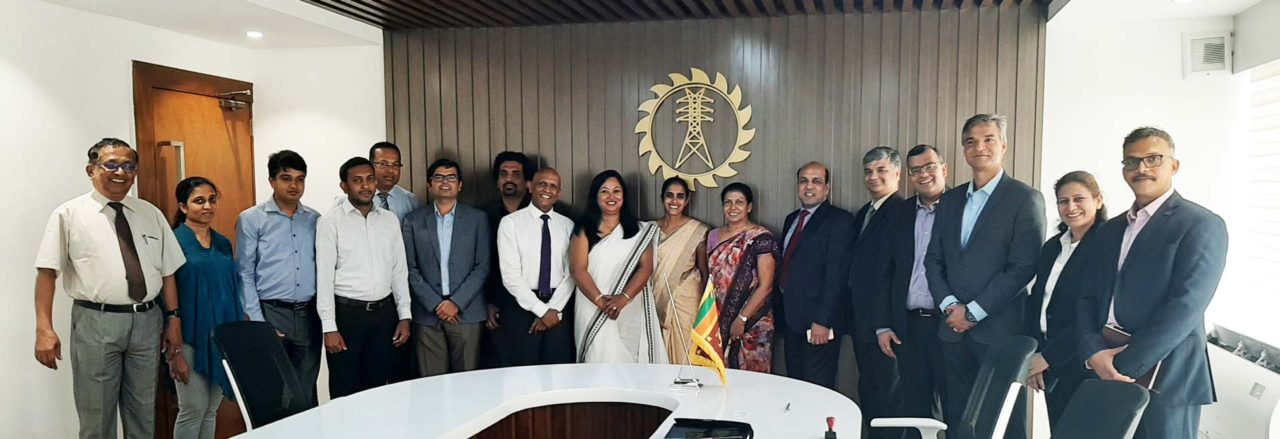DIMO together with SIEMENS, a global technological and electrical solutions provider, recently signed a contract with Ceylon Electricity Board (CEB) to embark the package 04 Lot A phase of the “National Transmission and Distribution Network Development and Efficiency Improvement Project” for enhancing national power supply. The package 04 Lot A phase of this project was awarded to SIEMENS – DIMO Consortium which has been pioneering in the power generation, transmission and distribution business.

The agreement was signed between CEB and SIEMENS – DIMO consortium at the CEB head office premises with the participation of Mr. Vijitha Herath, Chairman of CEB, Mr. Y.G.I Saman Kumara, Vice Chairman, Ms. S.H Diddeniya, Project Director of CEB , Ms. Wickramasinghe, Project Manager for CEB, Mr. Nikhilesh Amonkar, Head of SIEMENS Distribution Systems Business, Mr. Mitul Jhaveri, Manager Finance, SIEMENS Ltd,Mr. Prasad Palsokar, SIEMENS Country Manager for Sri Lanka, Mr. Prakash Kumar Chandrakar, Country BU Head for SIEMENS, Mr. Venkatesh Sarathy,Country BU Finance Head from SIEMENS, Mr. Sarath Algama, Executive Director of DIMO , Mr. Wijith Pushpawela, Executive Director of DIMO and Mr. Janaka Rodrigo, General Manager of DIMO were also present at this occasion.
The National Transmission and Distribution Network Development and Efficiency Improvement Project is a government project funded by Japan International Cooperation Agency with the objective of enhancing the capacity of national transmission and distribution network located in Greater Colombo and its surrounding area. This will also minimize transmission losses by constructing and upgrading transmission lines, sub-stations and distribution lines, thereby contributing to improvement of energy reliability and energy efficiency in the country.
‘’Power sector plays a pivotal role in any economy and developing efficient and reliable power supply is core in enhancing the development in any country. As a major player in developing infrastructure in the nation, DIMO is proud to embark on this project with SIEMENS while keeping with our purpose of fuelling dreams and aspirations of the people’’, said Chairman & Managing Director of DIMO, Ranjith Pandithage.
Executive Director of DIMO Wijith Pushpawela said ‘’DIMO’s expertise in the power engineering sector and long lasting relationship with its partner SIEMENS have paved the way for securing this opportunity. With CIDA accreditation as an Electro Mechanical (EM1) contractor for high, medium and low tension electrical installations and ISO certifications in power engineering sector, further re-confirmed wining this bid.’’
The package 04 Lot A of the project is aimed at enhancing the capacity of national transmission and distribution network located in Dehiwala, Mount Lavinia and Battaramulla area of which the scope includes construction of Primary Substations, Distribution Substations and laying of underground Cables. Dehiwala and Mount Lavinia belong to Western Province South I (WPS I) of Distribution Division 4 and Battaramulla belongs to Western Province South II (WPS II) of Distribution Division 3. WPS I have nearly 261,427 of Retail Consumers and 601 of Bulk Consumers.
The existing network in the project area of Dehiwala – Mount Lavinia is fed via three 33/11 kV Primary Substations (PSS) and will be extended by two additional PSS and an extension to an existing PSS. WPS II has nearly 391,571 number of Retail Consumers and 1,010 number of Bulk Consumers. The existing network in the project area of Battaramulla is a 132/33 kV substation and feeds via 33 kV in the distribution network of this area and it is planned to feed the area via three 33/11 kV Primary Substations (PSS) upon the completion of this project in 2022.
DIMO and SIEMENS are partners for over seven decades continuously adding value to Power Generation, Transmission and Distribution Projects in the country with the latest technologies and the best solutions. The recent developments in company’s product portfolio such as renewable energy, micro grid & smart grid solutions, will pave the way to a sustainable energy mix which in return will be beneficial for government to achieve its objectives towards green energy.
Chunakam grid substation, Habarana grid substation and Naula grid substation projects are some of the major projects completed by DIMO – SIEMENS collaboration, redefining the local power sector. Habarana- Veyangoda grid substation, Variable Shunt Reactor Projects in Anuradhapura and Mannar are some of the ongoing projects by DIMO and SIEMENS.



